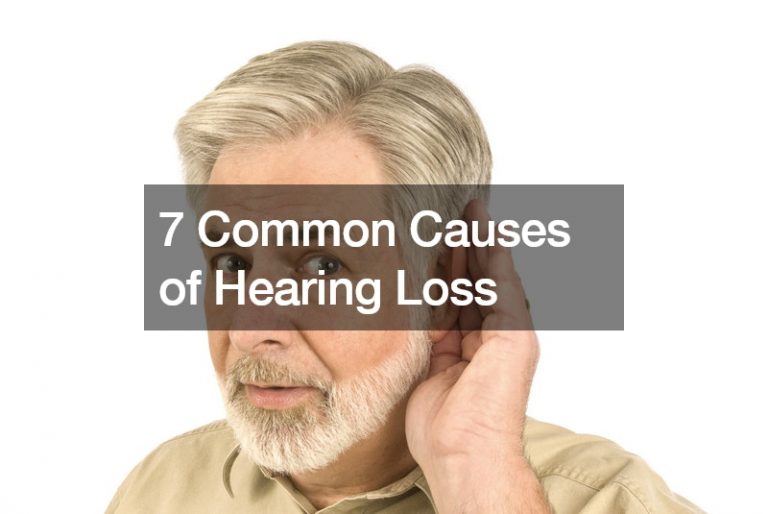In January 2020, the American Medical Association reported a physician burnout rate of 42% after surveying over 15,000 physicians from 29 specialties. Though this showed a drop from last year’s 46%, it’s still an alarming figure—it shows that almost half of doctors across the US experience burnout.
It’s important to note that physician burnout is different from ordinary exhaustion from their daily workload. It’s a combination of fatigue, depression, dissatisfaction, and a sense of failure. If left unaddressed, the burnout will damage a doctor’s mental health, which in turn, will damage patient care.
Physician burnout goes beyond the well-being of the physician; it also affects the well-being of the patient, which makes it even more crucial to address it.
What Causes Physician Burnout?
There is no one cause of physician burnout, but there are many common reasons. Here are the most rampant culprits:
- Too Many Administrative Tasks – While administrative tasks are part of a doctor’s workload, too much of it can bring dissatisfaction to physicians. After all, they didn’t get into medical care to sit behind a desk. Moreover, paperwork and charting carry bureaucratic frustrations and take up too much of their time. Doctors expend energy on administrative tasks, which could have been better spent on patient care.
- Long Hours – While a doctor may have the determination to see every patient every day, their bodies have limits. If he or she works more than 60 hours a week, fatigue contributes to the possibility of burnout. Some even bring their work at home with them.
- High Patient Demand – There’s a huge pressure for healthcare providers to meet the growing demands of patients. According to a 2019 Healthcare Consumer Trends, more than half of patients say that convenient, easy access to care is the most important decision-making factor in choosing healthcare providers.
When combined, these factors can be an intense source of anxiety and feelings of failure in a physician.

How Could Doctors Address It?
Solving physician burnout is no easy feat, especially because there are many contributing factors. However, hospital administrations and physicians can make small changes that make a world of difference for healthcare professionals.
One of these would be to choose more flexible practices, like healthcare locum tenens. Through these programs, some doctors can find workload and work hours for a healthy work-life balance—one that enables them to preserve their physical and mental well-being.
Practice efficiency is also crucial to lifting some of the administrative burdens off the doctors. For instance, the hospital administration could invest in software solutions that can automate scheduling, email and text reminders, and feedback. The hours that these could save would mean a lot to a physician who’s nearing burnout. Moreover, the administration can also let patients fill out forms ahead of time, so they can save the physicians’ time.
Some healthcare organizations even invest in different interventions to address the burnout among their staff. The advantage of these measures is that they are tailored to the burnout factors specific to their clinics and hospitals.
Physicians are the pillars of healthcare, but just because they heal patients doesn’t mean they are immune to disease. They, too, deserve the adequate medical treatment that they provide.






